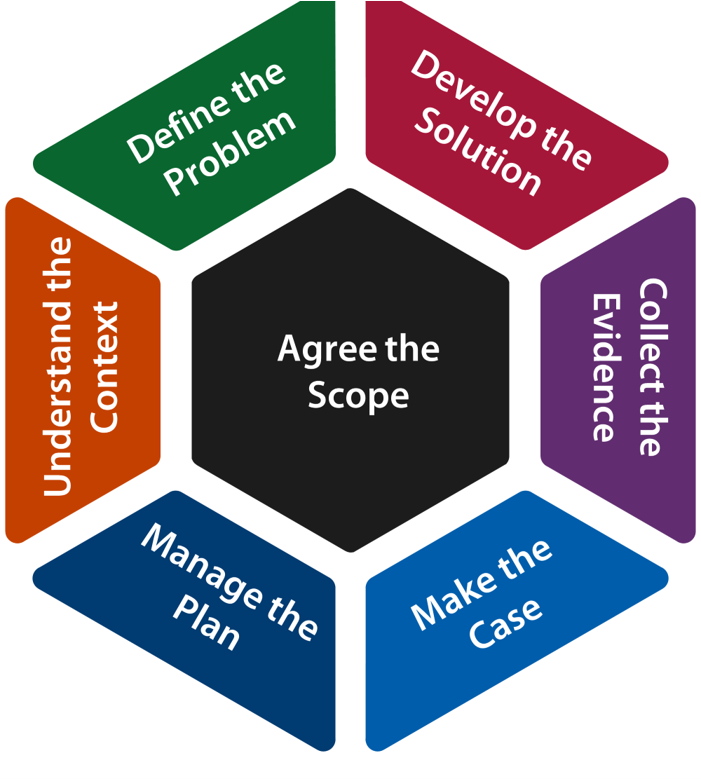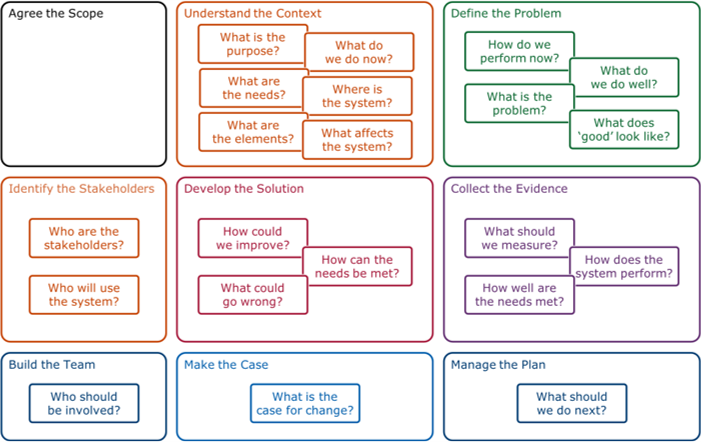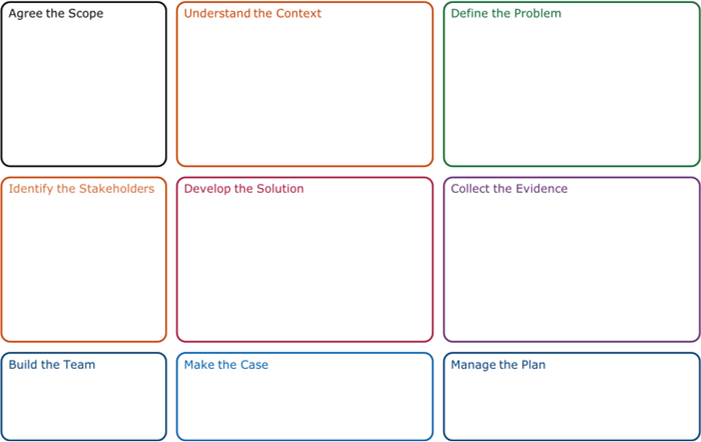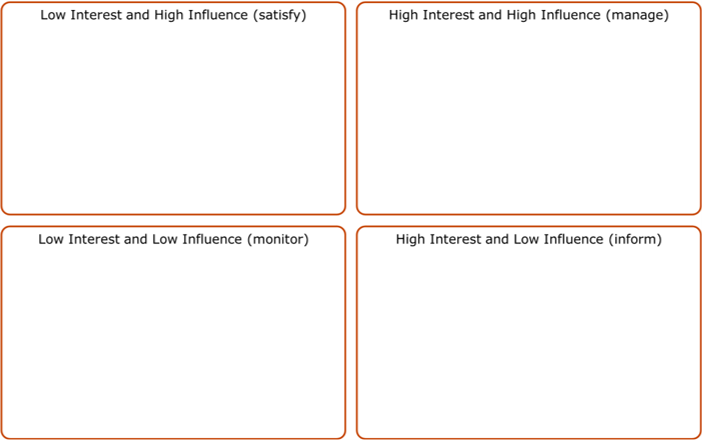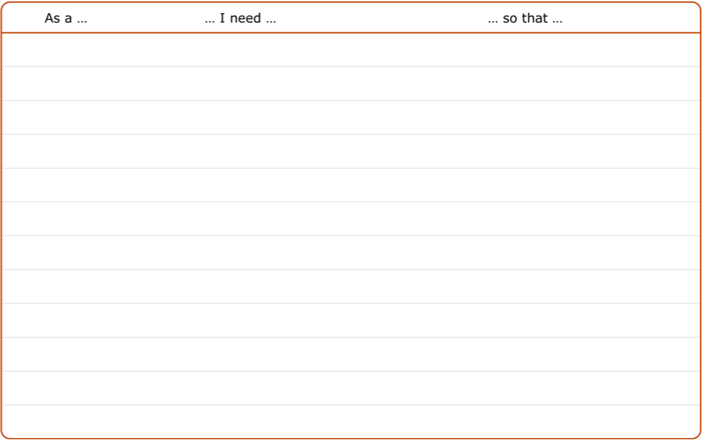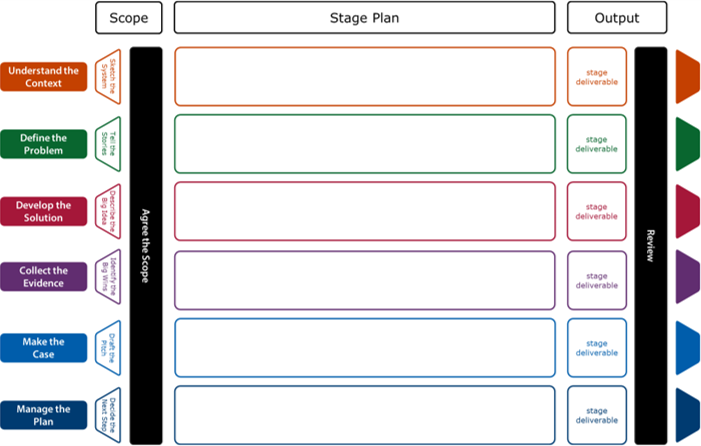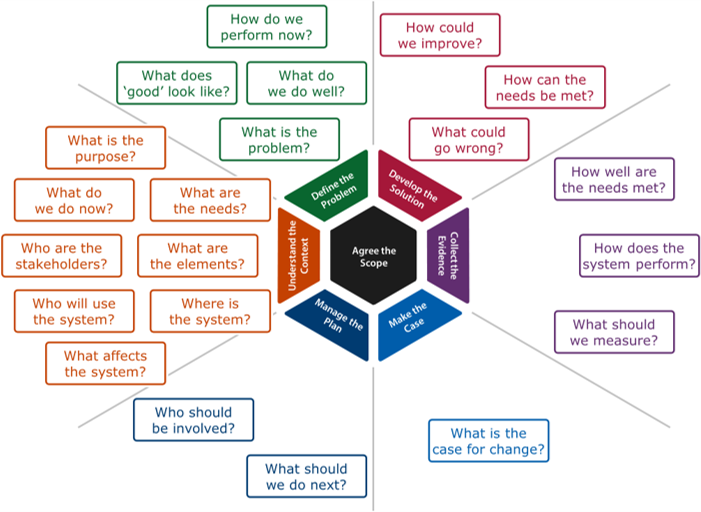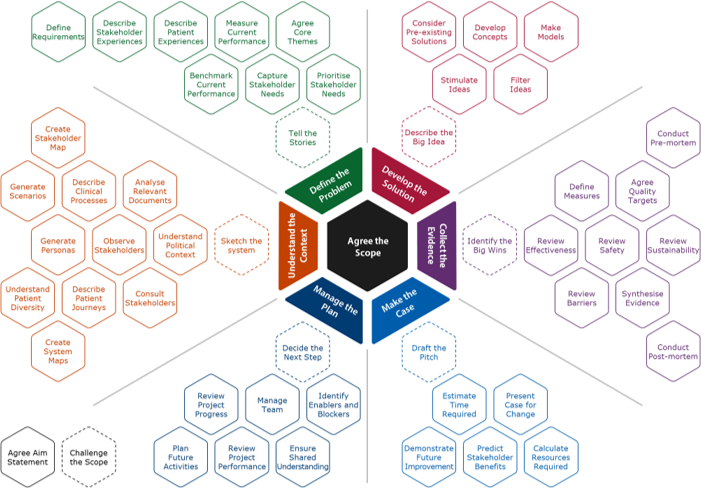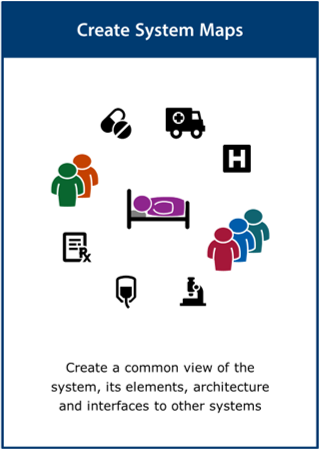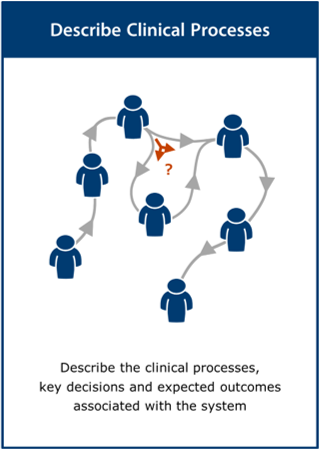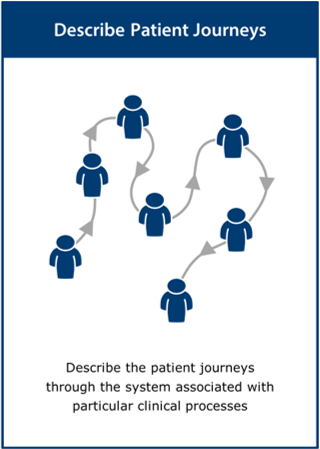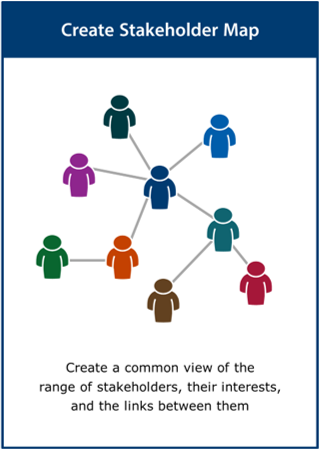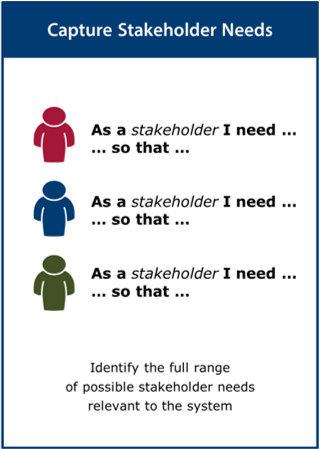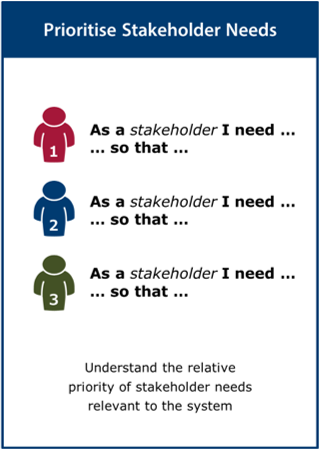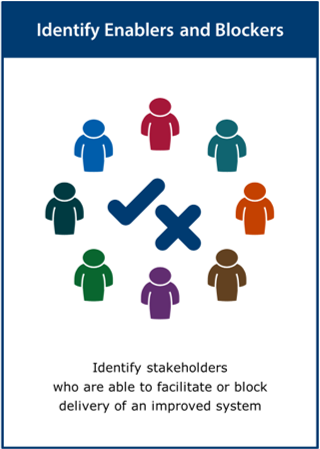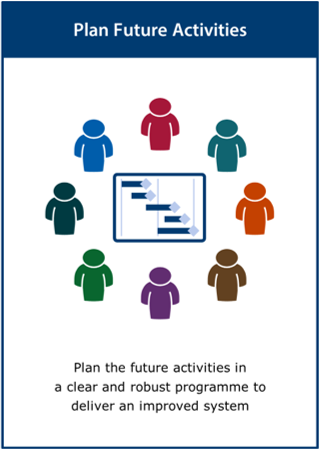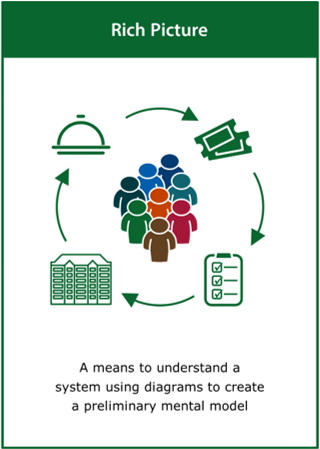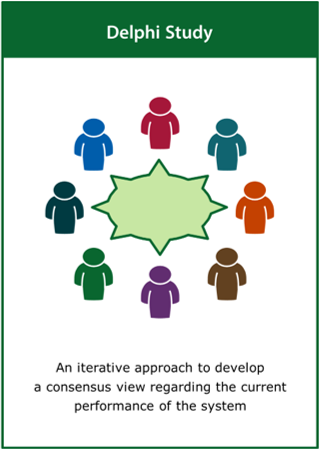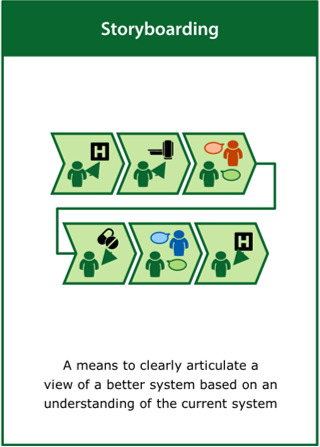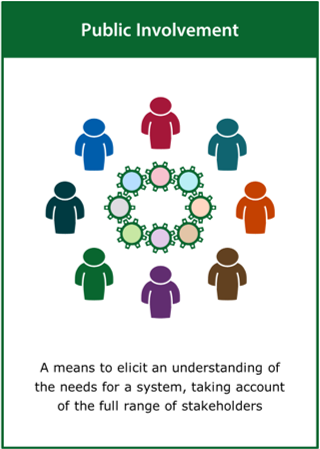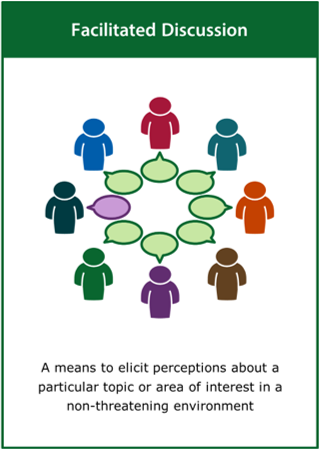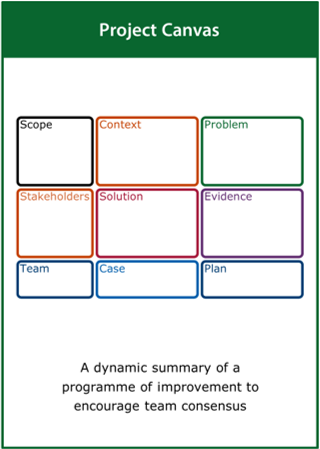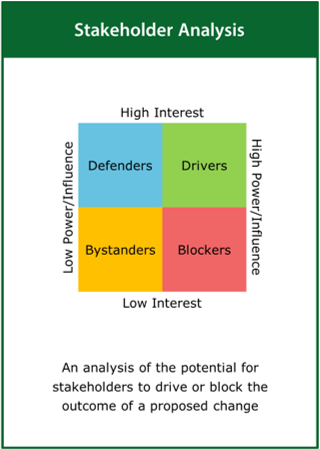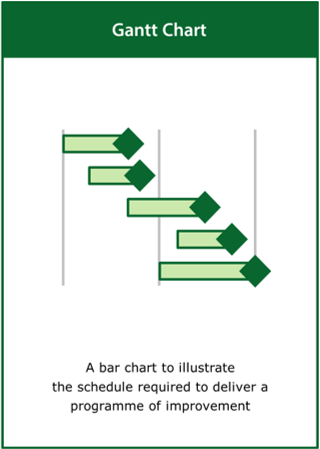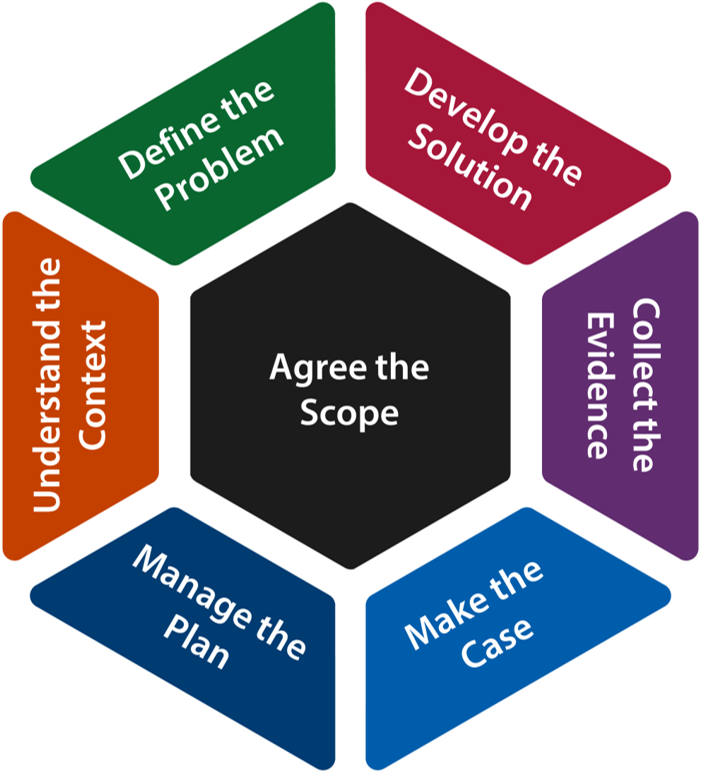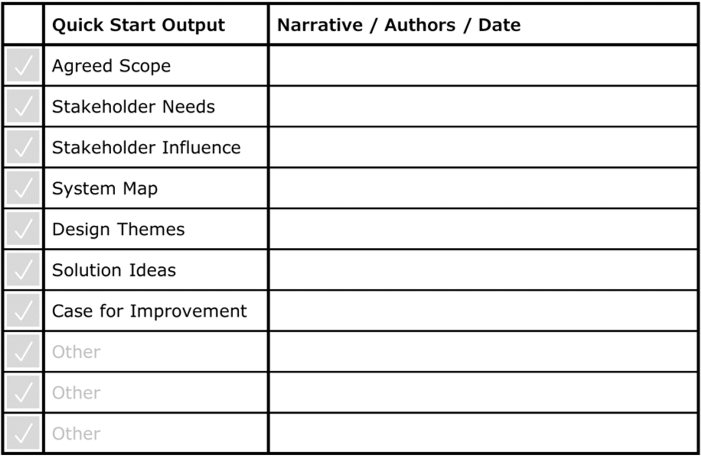This guide provides a brief description of the application of a systems approach to health and care design and continuous improvement.
Contents
Useful toolkit resources
Individual guides for each of the Improvement Stages are available in the Stage guides part of the Resources section.
Introduction
This guide is part of the University of Cambridge Improving Improvement Toolkit, which develops the approach presented in the Royal Academy of Engineering report titled “Engineering Better Care — a systems approach to health and care design and continuous improvement”. The report and toolkit were co-produced with engineers, clinicians, and healthcare leaders to explore how an engineering approach could be applied in health and social care to develop systems that meet the needs of patients, carers and NHS staff. They present a new framework to support ongoing work in service design and improvement in health and care.
Engineers routinely use a systems approach to address challenging problems in complex projects. This allows them to work through the implications of each change or decision they make for the project as a whole. They consider the layout of the system, defining all the elements and interconnections, to ensure that the whole system performs as required.
“ Systems that work do not just happen —
they have to be planned, designed and built ”
This particular guide assists in the definition, visualisation, planning and execution of for any stage of the Improvement Programme. The questions and activities highlighted here provide a minimum suggested set for the stage and may be supplemented with other familiar activities.
The following steps, described in more detail below, describe possible elements of a systems-based approach for planning an improvement process — leading to a description of the current system (now), a common understanding of the problem, a consensus view of what the future system might look like (better) and a clearly articulated plan for changing the system.
- Improvement Canvas — Describe the context and nature of the challenge and current ideas for improvement and measurement.
- Agree the scope of the proposed improvement or decision-making process and identify the team required to deliver it.
- Stakeholder Influence — Identify key stakeholders, their interest in the system and potential to influence the outcome of the process.
- Stakeholder Needs — List the full range of stakeholders’ essential needs and their particular reasons for these needs.
- Stage Plan — Define the outputs or outcomes required for the each of the strands of the improvement or decision-making process.
- Select the activities and tools required to deliver these outputs and the critical dependencies between them.
There is particular value is completing a preliminary Improvement Canvas and draft Stage Plan early in the stage to facilitate the building of an appropriate team for this and/or subsequent stages. Individual outputs for this stage can be recorded at the end of the guide and may then provide the basis for a stage-gate review.
Improvement Canvas
Use the Improvement Canvas Poster to investigate the team’s current knowledge about the system and agree the scope of the change required.
A clear articulation of the scope helps to define the boundary between what is in and what is out of the system of interest. It also reflects the prioritised needs of the stakeholders that should drive any improvement. The scope will also be influenced by the context of the system, primary focus of the challenge, core themes of possible solutions and level of detail required to describe the system and its stakeholders.
At the beginning of each stage of the improvement programme it is important to reaffirm the content of the canvas and scope of the challenge. This helps to define the gap between what is known at the start of the stage, the needs to be met by the end of the stage, and the plan to move between them.
The questions of interest for any stage of the Improvement Programme are highlighted above.
Use the Improvement Canvas Worksheet to describe the team’s current knowledge about the system and agree the scope of the change required.
The canvas may be completed in any order, with input from the stakeholder influence and stakeholder needs worksheets informing the stakeholder and team boxes, from the system boundaries and rich picture understanding the context, and from the design themes and persona descriptions defining the problem.
All entries are important in capturing the team’s current knowledge about the challenge, and in determining a sensible starting point and scope of interest for improvement. Ideas of solutions inspire a deeper understanding of the problem, and evident may provide context or evaluation of existing solutions.
The case for support provides a rational for stakeholders to support the proposed change, while the plan and team describe the necessary resource and steps required to deliver the change.
Stakeholder Influence
Use the Stakeholder Influence worksheet to identify key system stakeholders’ interest and influence.
Successful improvement depends on a wide range of stakeholders and system users who, at any point in time, will have different levels of interest in and power to influence such improvement. They will bring a range of perspectives to any programme and through their action or inaction can enable, actively encourage or frustrate progress.
There is value in characterising stakeholders, in terms of their interest and power, to ensure that they are sufficiently informed, engaged or managed at all stages of an improvement programme. Understanding them and their relative importance is an essential element of managing change.
Use the worksheet to remind the team of the stakeholders related to the improvement process, to capture the particular needs of the individual stakeholders, and to highlight the range and diversity of stakeholder needs.
Stakeholder Needs
Use the Stakeholder Needs worksheet to list the system stakeholders’ needs and reasons for those needs.
Stakeholders are defined by their role, needs and reasons for those needs. It is useful to capture this information in the form “ As a … … I need … … so that … ” where these statements provide insights into needs and the rationale for them.
Stakeholders may have multiple and diverse needs and associated rationales, which provides the basis, with their interest and influence, for early conversations to prioritise these needs. Such needs may also vary with time and, therefore, in importance to other stakeholders over time.
Use the worksheet to remind the team of the stakeholders related to the improvement process, to highlight the range and diversity of potential stakeholders, and to accentuate the importance of understanding stakeholders needs.
Stage Plan
Use the Stage Plan worksheet to select the most important elements of the improvement process that are required to deliver the desired outputs.
This model underpins the stage gates of an Improvement Programme, where progress is driven by clear objectives for each of the key elements at each stage of the programme.
The desired outputs or outcomes should be identified, based on the content of the Improvement Canvas for each stage of the Improvement Programme and the particular objectives of that stage.
The stage plan should identify the questions and activities that are required to achieve the specific understand stage deliverables. They are more likely to focus on understanding the context of the challenge and on defining the problem. Later stages will see a shift in focus to developing the solution and collecting the evidence. All stages should reflect the need to make the case and manage the plan.
The Questions Map poster can be used to identify the key questions that would help to deliver the outputs required.
The Stage Activities poster can also be used to identify the improvement activities that would help deliver the outputs required.
A sample of possible Activities which may be added to the stage plan.
A sample of possible Tools which may be added to the stage plan.
Stage Outputs
Feedback
We would welcome your feedback on this page:
Privacy policy. If your feedback comments warrant follow-up communication, we will send you an email using the details you have provided. Feedback comments are anonymized and then stored on our file server
Read more about how we use your personal data. Any e-mails that are sent or received are stored on our mail server for up to 24 months.



